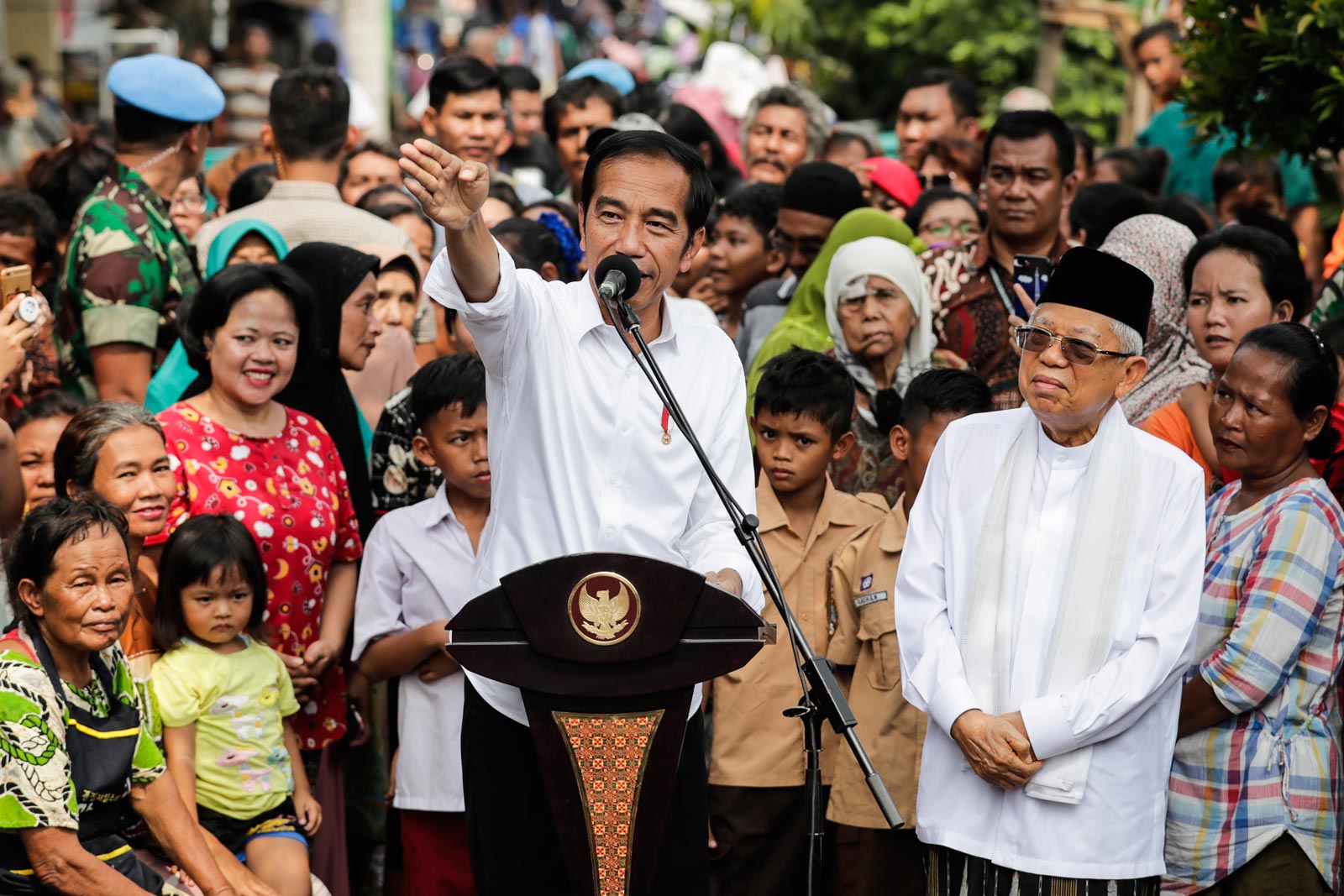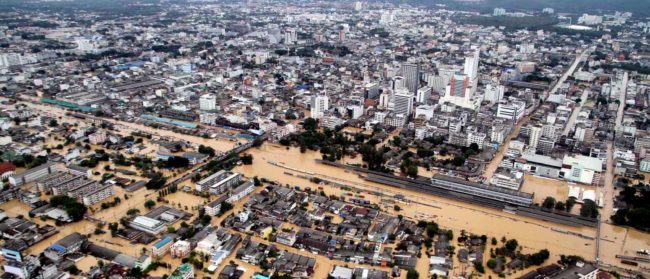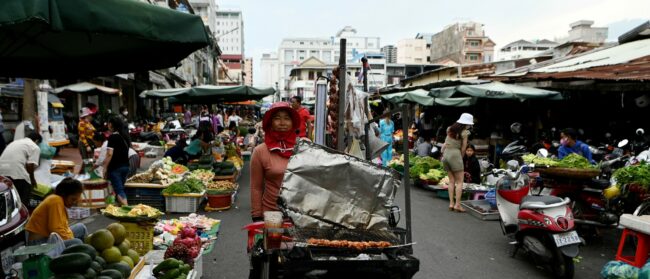Plagued by floods, air pollution, and world-famous traffic jams, Indonesia’s capital city Jakarta does not make life easy for residents. The city recently celebrated its 492nd birthday, yet locals have little to rejoice about: parts of the city are sinking at a rate of 20cm a year, Jakarta’s air pollution in July was the worst in the world, and green space is shrinking by the minute as roads are expanded and skyscrapers constructed.
It’s for these reasons that the Indonesian government made a shock announcement in August: Jakarta would no longer be the nation’s capital city. A new capital would be built in East Kalimantan on the island of Borneo, ready for occupation in 2024. That year also happens to be the last year of President Joko ‘Jokowi’ Widodo’s second term, and observers are already suggesting that this is Jokowi’s attempt at a legacy.
A potential relocation has been discussed for decades – since 1956, in fact, when then-President Sukarno proposed moving the capital to Palangkaraya, Central Kalimantan – but no-one really took the idea seriously. It would be too expensive and complicated, many believed.
“Why does the capital city need to move?” asked President Jokowi in a press conference on 26 August. “Jakarta’s burden right now – as the centre of government, business, finance, trade, and services – is too heavy… We cannot let the burdens of over-population, congestion, air pollution, and water crisis become even worse.”
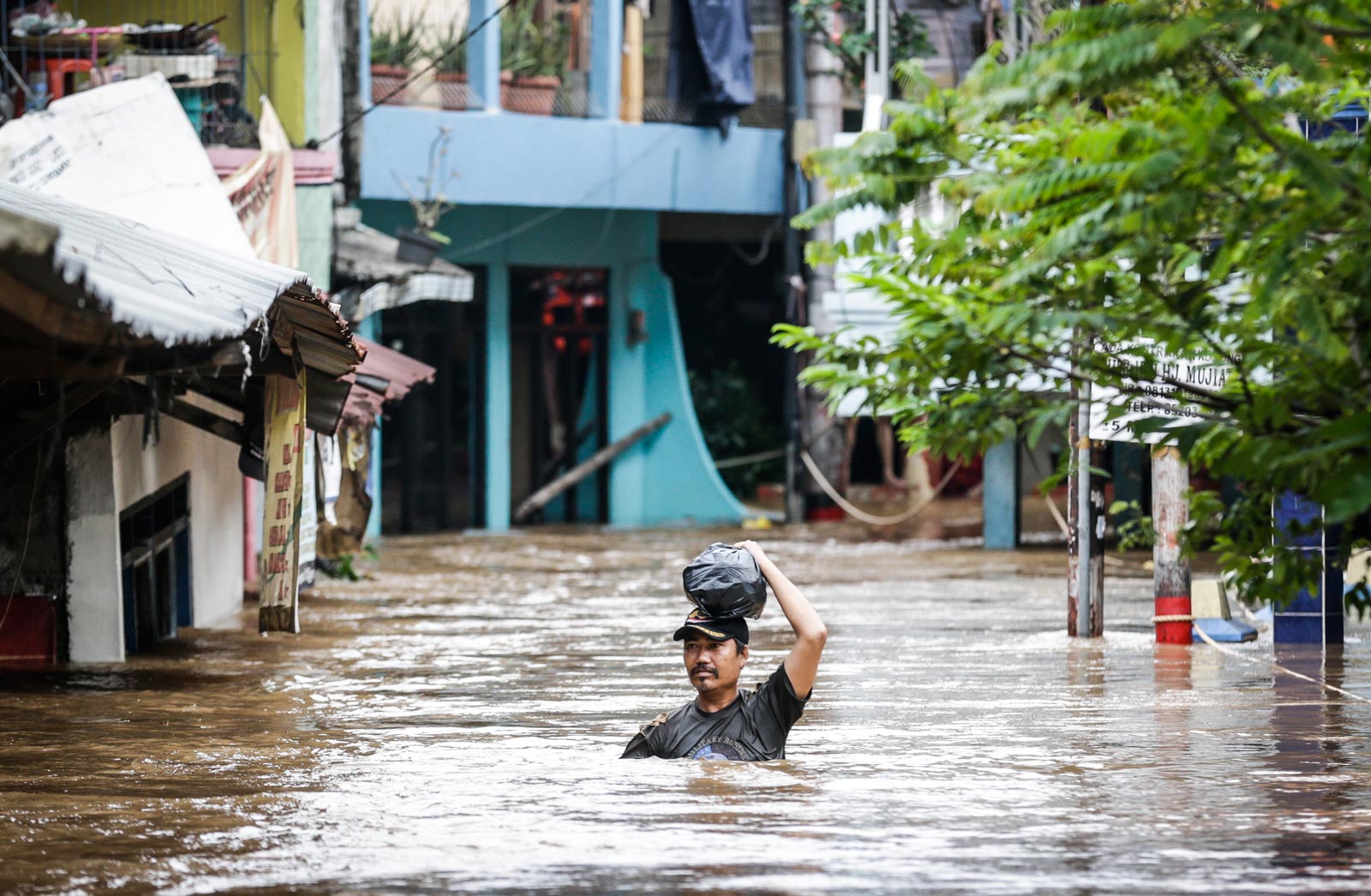
An Indonesian man wades through floodwaters as he carries his belongings in a flooded neighborhood in Jakarta, Indonesia. Photo: Mast Irham/EPA
Jokowi’s vision for the new capital – which netizens are already jokingly calling Jokowi-karta – is a ‘smart metropolis’ that would be environmentally friendly, innovative, and, most importantly, liveable. Projected images of the city released by the Ministry of Public Works and Housing show broad, tree-lined boulevards with light rail systems running down the centre, the majestic Pancasila Monument in the background stretching towards the sky. It all looks a bit like an equatorial version of Canberra, Australia’s own purpose-specific capital city.
Jokowi is correct in that Jakarta’s problems are immense. The city loses US$6 billion a year in productivity due to congestion, and attempts to curtail the use of private vehicles through enforced 3-in-1 carpooling and restrictive date-based road access systems have made little impact. Meanwhile, over-reliance on groundwater is seeing the water table dropping and causing the city to sink. Combined with rising sea levels, 95% of North Jakarta could be underwater by 2050, even if an ambitious 8km-long Giant Sea Wall is completed.
What’s frustrating is that none of these problems are new. It’s been well-known for a long time that the situation in Jakarta is bad – and getting worse. Back in the 1600s, the then-capital of the Dutch East Indies was nick-named “Queen of the Orient” for its canals, mansions, and orderly city layout. Within just one century, however, the city’s fortunes began changing as tens of thousands of native, Chinese and Arab migrants made their way to the capital in search of economic opportunities. The sudden burden on the city led to a rise in inter-ethnic conflict, culminating in the massacre of more than 5,000 Chinese in 1740, while major health epidemics were rife throughout the 1800s. The city became its own special province in 1966, and although migration was limited, slums cleared, and rickshaws banned in the 1970s, residents continued to struggle with overcrowding, poverty and a generally poor quality of life.
“Jakarta’s burden right now – as the centre of government, business, finance, trade, and services – is too heavy… We cannot let the burdens of over-population, congestion, air pollution, and water crisis become even worse”
Indonesian President Joko Widodo
Activists say that moving the capital will have zero effect on minority and marginalised groups. For the fishing communities that have plied their trade along the coast for generations, the capital’s unchecked expansion has already pushed them to their limit.
“Jakarta’s fisherpeople aren’t concerned about the new capital because current policies already repress their existence,” says Tigor Hutapea, a public defence lawyer who often works with Jakarta’s fishing communities. “This city began on the coast, but from the beginning, its development has marginalised fisherpeople. Just look at how policies are turning the Thousand Islands [in Jakarta Bay] into nationally important tourist zones and pushing out the fisherpeople living there.”
It should be noted that national unity and de-Javanisation have also been suggested as reasons for moving Indonesia’s capital city. Java is Indonesia’s most populous island, home to 56% of its people and 60% of its economic activity, and has long been the political focus of the nation; all but one of its presidents were born on Java, and winning national elections hinges strongly on the island’s four provinces and two special administrative cities (Jakarta and Yogyakarta).
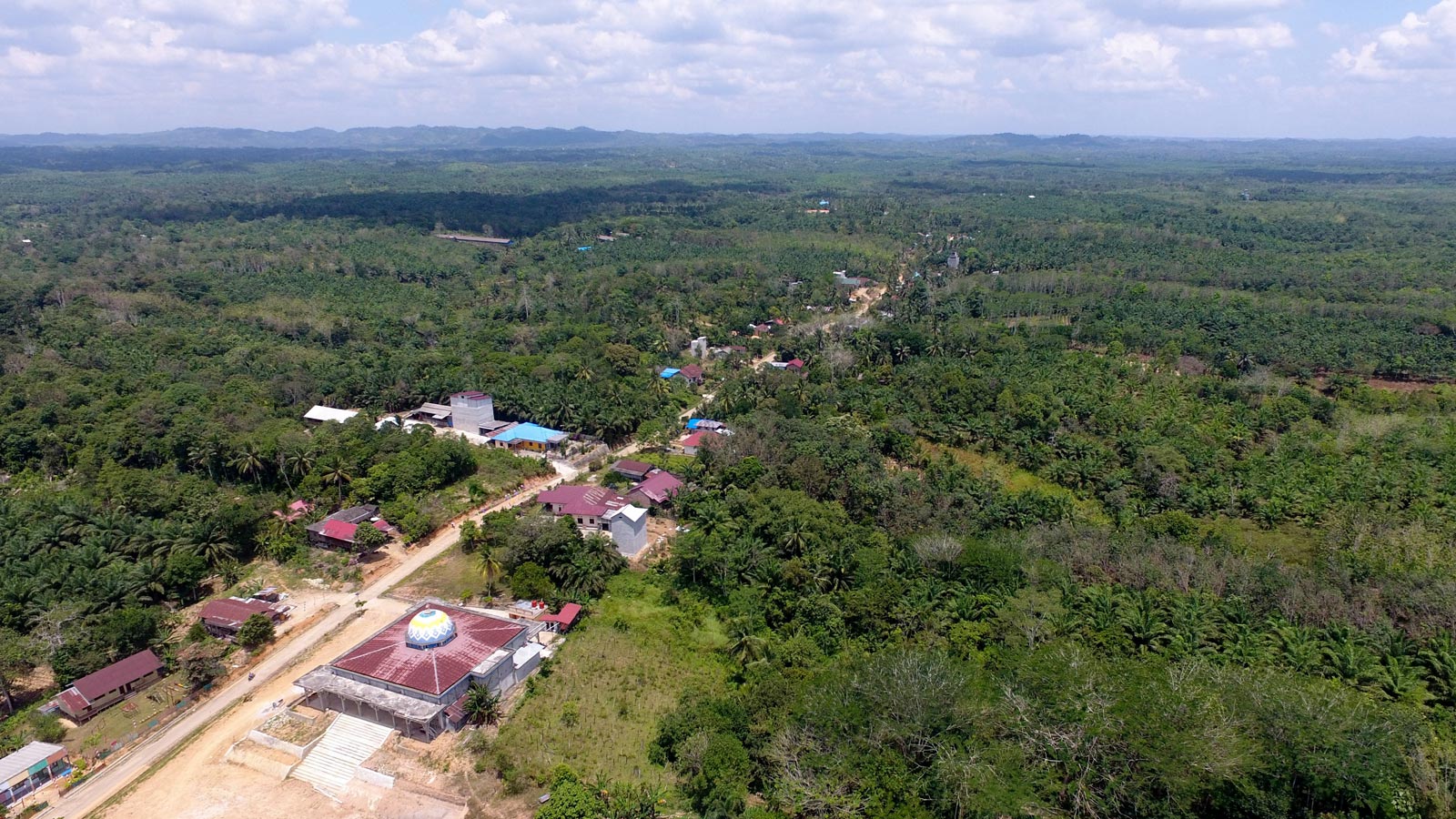
Moving the capital to East Kalimantan is estimated to cost Rp 466 trillion (US$33 billion) and will require 140,000 hectares of land. The current Governor of Jakarta claims it will cost a similar amount (Rp 500 trillion) to ‘fix’ Jakarta. Just 19% of the new city’s construction costs will reportedly be funded by the national budget; it is unclear where the rest will come from, but presumably will involve private funding and selling off government assets in Jakarta.
“I am concerned about the money,” says managing editor of the Jakarta Post Evi Mariani, who has been reporting on the city’s rapid urbanisation since 2002. “Where will it come from? More debts? More public-private partnerships that enrich, again, the 1 percent?”
As with many major construction projects, there is significant potential for corruption and collusion between government and business. Local landowners are also at risk of being tricked or ripped off by unscrupulous out-of-town investors.
Many Jakartans argue that the government should focus on dealing with Jakarta’s problems rather than running away from them. Jakarta’s problems will remain in place, regardless of whether the capital moves.
“Jakarta will still be the country’s economic hub,” Mariani reminds us. It will keep sinking, keep drying up, and keep polluting unless serious attention is paid to it.
Elisa Sutanudjaja, executive director of the Rujak Centre for Urban Studies, believes a new capital city will do next to nothing to reduce Jakarta’s burdens. “The impact will be almost non-existent,” she says. Even if the entirety of the new capital’s projected population of 1.5 million migrates from Jakarta, most business activities will remain in what is predicted to become the world’s biggest megacity by 2030.
Sutanudjaja also says the whole theory under-pinning the move is wrong. “We should be thinking about humankind’s impact on climate change and the environment,” she tells Southeast Asia Globe. “The government is ignoring the huge amount of [carbon] emissions from the new city, which will likely be built on a monumental scale.” One commenter on Twitter even damned the approach as fundamentally consumerist: use something until it’s broken, then throw it away.
Mariani is particularly concerned about the potential environmental impact on East Kalimantan.
“Jakarta’s environmental burden comes from economic activities [leading to] groundwater extraction,” she says. “If the relocation of the capital brings economic activities to [Kalimantan], certainly the environmental burden there will increase as well.” Mariani also notes the risk of increased deforestation in the area – something Kalimantan is already struggling with – and the impact this will have on native fauna and flora.
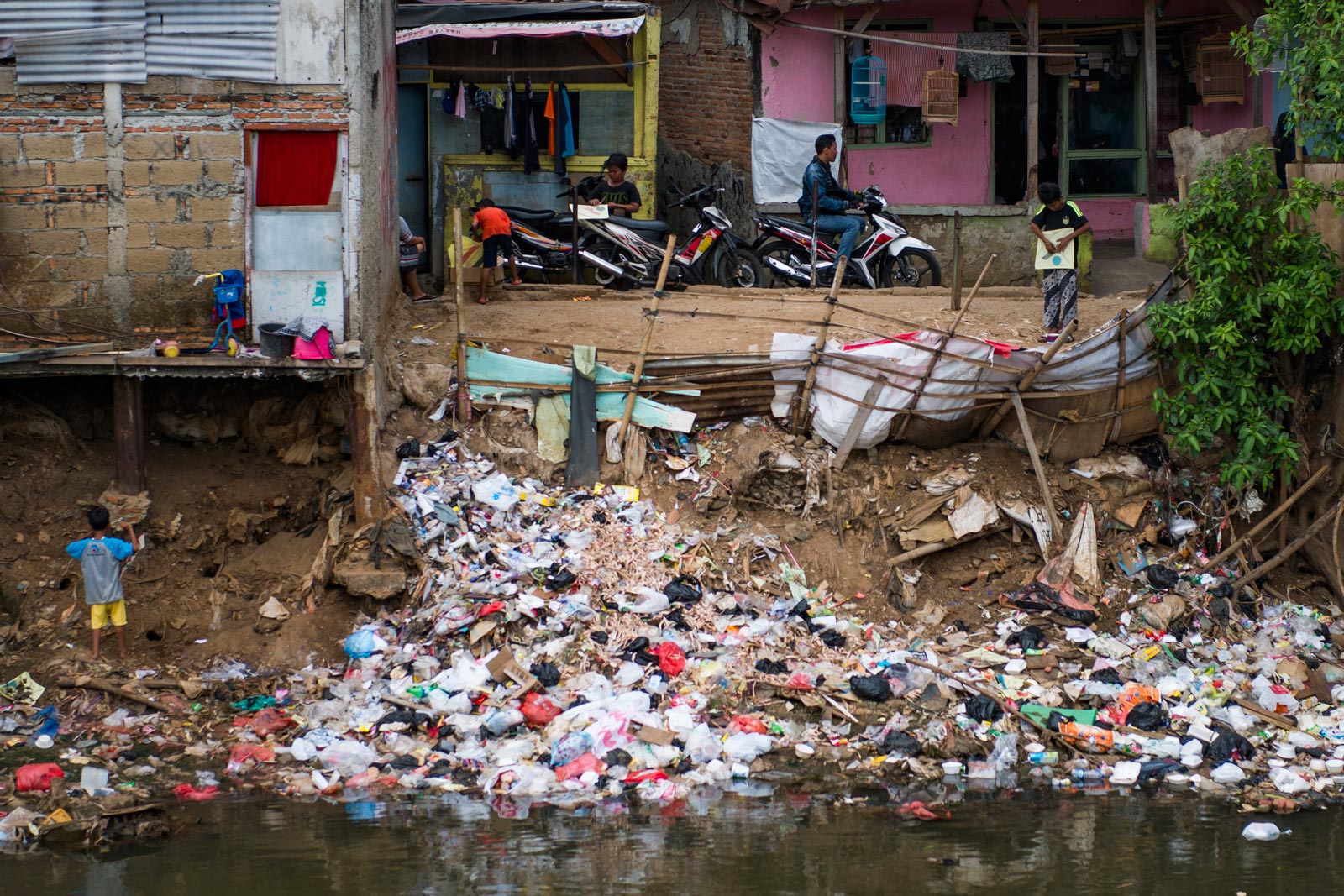
Children are seen beside a trash thrown into a riverbank at a slum in Jakarta. Photo: Bay Ismoyo/AFP
So should we just abandon ship, and leave Jakarta to sink into the ocean? Perhaps not. After all, Jakarta’s problems are far from unique. The Governor of West Java this month announced he was considering moving the provincial capital from Bandung, saying “it is no longer fit to serve”. Other major cities such as East Java’s Surabaya and South Sulawesi’s Makassar also struggle with traffic, air pollution, and groundwater drying up.
A number of megacities have dealt with similar problems in the past. The best example for Jakarta is Tokyo. In the late 1960, after the groundwater level fell to 58m below sea level, parts of Tokyo were sinking by as much as 24cm a year. The reason was the same as Jakarta’s: over-pumping of groundwater. Tokyo introduced regulations to dramatically restrict groundwater usage and increase the ability of land to absorb rainwater, such as through encouraging the use of pebbles and plants as ground cover rather than concrete or asphalt. Over time, the groundwater began rising again.
Tokyo’s groundwater level now sits just 6-10m below sea level. Even in the worst-affected areas, land subsidence – the rate at which land sinks – is just 1cm per year. Pollution-wise, London is an excellent reference point: the Thames River was so badly polluted that it was declared ‘biologically dead’ in 1957, yet this year, over 100 seal pups were born on its banks after concerted efforts to bring the river’s ecosystem back to life. Once described as “a vast, foul-smelling drain”, the Thames is now a thriving waterway with over 125 species of fish, thanks to improved sewage systems, tighter regulations on pesticides and fertilisers, and reductions in industrial usage of toxic chemicals and heavy metals.
Tokyo and London show that Jakarta’s problems can be fixed if government, business, and residents alike dedicate themselves to saving the sinking city. Such efforts would also dramatically improve the lives of residents, many of whom commute hours each way to work or struggle to eke out a living in the city’s thousands of sprawling kampungs.
If Indonesia really does move its capital city, the best possible outcome is the new capital achieves Jokowi’s vision of a sustainable smart city and slightly reduces Jakarta’s burden. With Indonesia’s historical disdain for urban planning, however, it seems unlikely. More likely is that we end up with two urban disasters instead of just one.
